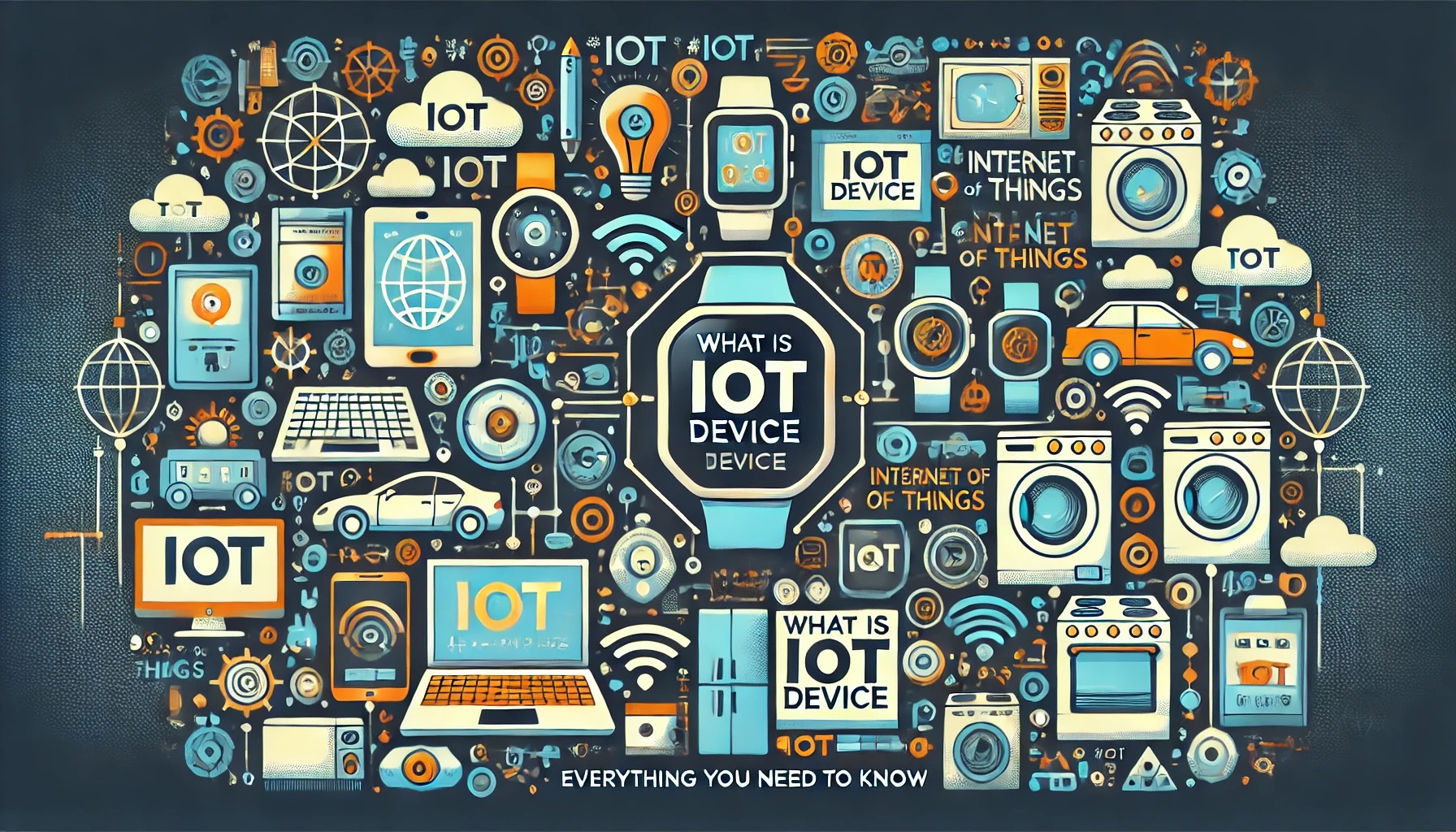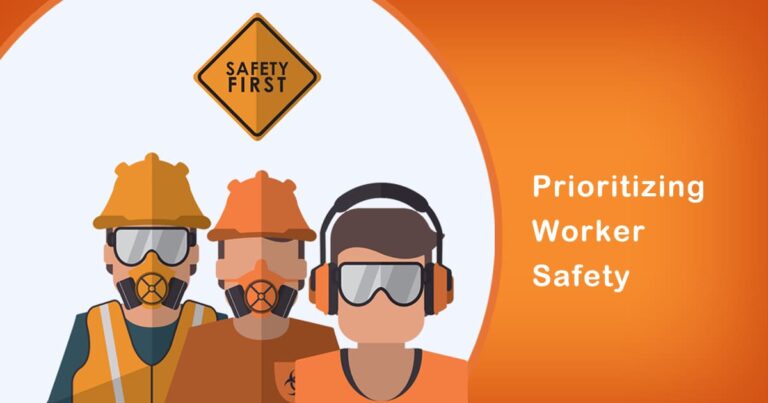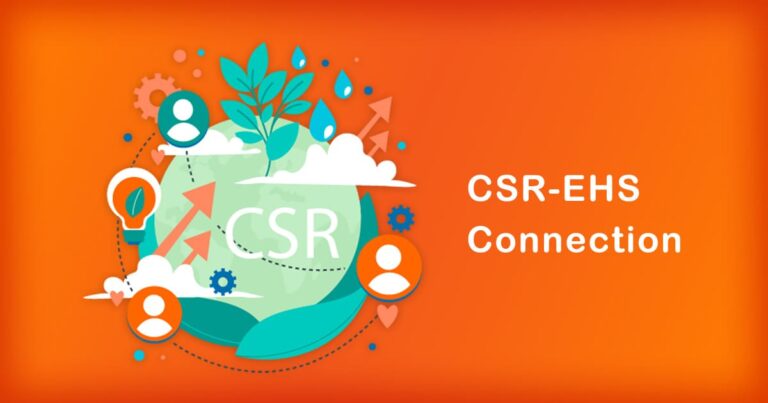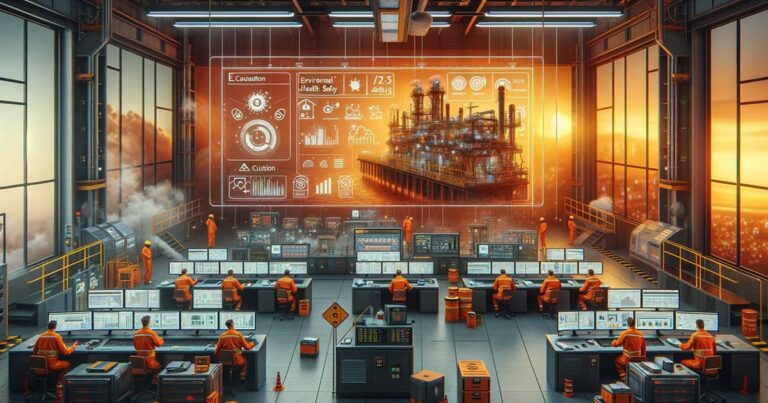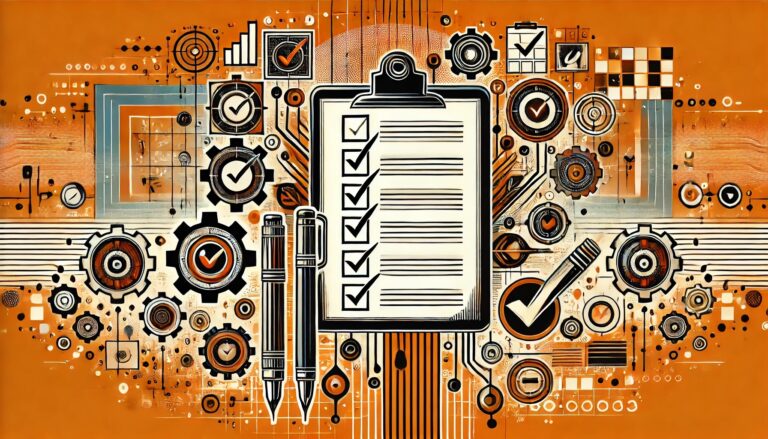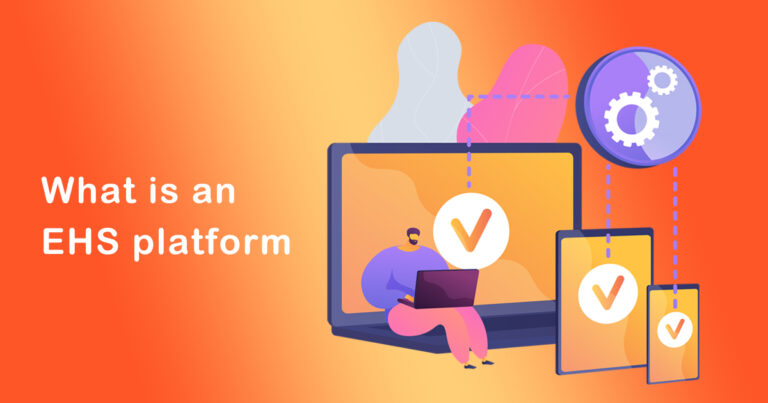Introduction
In recent years, the Internet of Things (IoT) has revolutionized how devices interact and communicate, shaping the landscape of technology and everyday life. From smart homes to industrial automation, IoT devices have permeated various sectors, promising efficiency, convenience, and innovation. This article delves into the fundamentals of IoT devices, their impact in the Indian context, and their future implications.
Understanding IoT Devices
IoT devices are physical devices embedded with sensors, software, and connectivity capabilities that enable them to collect and exchange data over the internet. These devices can range from simple sensors to complex systems in diverse applications such as healthcare monitoring, agriculture, transportation, and smart cities.
Components of an IoT Device:
Sensors:
These are essential components that gather data from the environment or the device itself. Sensors can measure temperature, humidity, light, motion, and various other parameters depending on the device’s purpose.
Connectivity:
IoT devices utilize various communication protocols like Wi-Fi, Bluetooth, Zigbee, and cellular networks to transmit data to other devices or cloud-based systems.
Data Processing:
Once data is collected, IoT devices often have onboard processors or microcontrollers to process and analyze the data locally before transmitting it to the cloud.
Cloud Services:
Data collected by IoT devices is typically sent to cloud platforms where it can be stored, analyzed, and accessed by users or other devices.
User Interface:
Many IoT devices offer a user interface through mobile apps or web portals, allowing users to interact with and control the device remotely.
IoT in India: A Growing Landscape
India has witnessed significant growth in IoT adoption across various sectors driven by increasing digitalization, government initiatives like Digital India, and a burgeoning tech startup ecosystem. Key areas where IoT is making strides in India include:
Smart Agriculture:
IoT devices are used for soil monitoring, weather forecasting, crop health monitoring, and automated irrigation systems, enhancing productivity and efficiency in farming practices.
Smart Cities:
Initiatives like Smart Cities Mission aim to use IoT for improving urban infrastructure, waste management, traffic management, and public safety.
Healthcare:
IoT-enabled devices are transforming healthcare delivery with remote patient monitoring, wearable health trackers, and smart medical devices that improve diagnostics and treatment outcomes.
Industrial Automation:
Manufacturing industries are adopting IoT for predictive maintenance, asset tracking, supply chain optimization, and process automation, leading to cost savings and increased productivity.
Consumer Electronics:
Smart homes equipped with IoT devices such as smart bulbs, thermostats, security cameras, and appliances offer convenience, energy efficiency, and enhanced security.
Challenges and Considerations
While the benefits of IoT are evident, several challenges need addressing to maximize its potential in India:
Security:
IoT devices are vulnerable to cyber threats, raising concerns about data privacy and unauthorized access. Robust security measures and standards are crucial for safeguarding sensitive data.
Interoperability:
As IoT devices come from different manufacturers using diverse protocols, ensuring seamless interoperability and integration is essential for creating cohesive IoT ecosystems.
Data Privacy:
With the proliferation of data generated by IoT devices, ensuring transparent data handling practices and compliance with regulations like GDPR and India’s Data Protection Bill are critical.
Infrastructure:
Reliable internet connectivity, especially in rural areas, remains a barrier to widespread IoT adoption. Improving infrastructure and connectivity are imperative for scaling IoT initiatives.
Future Trends and Outlook
Looking ahead, the future of IoT in India appears promising with advancements in AI, edge computing, and 5G poised to accelerate IoT deployments. Emerging technologies like blockchain are also being explored to enhance security and trust in IoT transactions.
Key Trends:
Edge Computing:
Processing data closer to the source (edge devices) to reduce latency and bandwidth usage, crucial for applications requiring real-time responsiveness.
AI and Machine Learning:
Integration of AI algorithms with IoT data for predictive analytics, anomaly detection, and autonomous decision-making in various sectors.
5G Connectivity:
High-speed, low-latency 5G networks will unlock new IoT applications in smart cities, autonomous vehicles, and industrial automation, transforming industries and user experiences.
Environmental Monitoring:
IoT devices will play a pivotal role in environmental conservation by monitoring air quality, water quality, and climate conditions, aiding in sustainable development efforts.
Conclusion
In conclusion, IoT devices represent a transformative force in technology, reshaping industries, enhancing efficiency, and improving quality of life. In India, the journey of IoT adoption is marked by innovation, challenges, and immense potential across diverse sectors. As technology evolves and connectivity expands, IoT is set to further revolutionize how we interact with the world, paving the way for a smarter, more connected future. Embracing IoT entails navigating complexities while leveraging its vast opportunities to create sustainable, efficient, and inclusive solutions that benefit society at large. As India continues on its path of digital transformation, the role of IoT devices will undoubtedly be pivotal in shaping its technological landscape for years to come.


